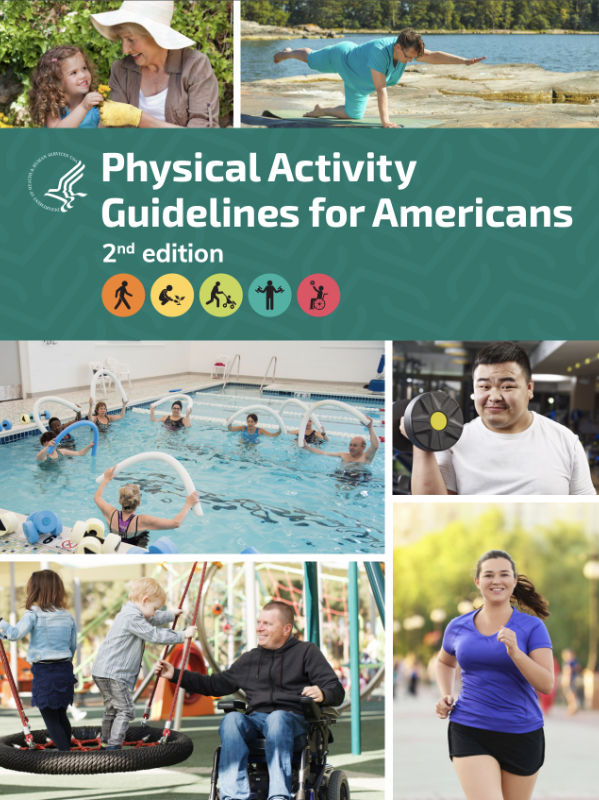Failed Recommendations
(in Numbers and Pictures)
I hate to be the bearer of bad news, but watching you wasting away your health without even realizing it saddens me even more than delivering this disturbing message.
You do know that long hours of sitting have harmful effects on your body. You may think working out will help you keep things under control. What you may not be aware of is the fact that the conventional recommendations for physical activities – whether they’re structured exercising or other leisure-time activities – do not address all the issues associated with prolonged inactivity and, specifically, sitting. How so?
There is a compelling body of evidence that strongly suggests that being episodically active while remaining mostly sedentary throughout the day will not be enough to alleviate all the health risks associated with inactivity. That’s right, even if we engage in regular, daily exercise for an hour or so at a time.
A study* introduced to the public as early as 2008 states:
Moderate- to vigorous-intensity physical activity has an established preventive role in cardiovascular disease, type 2 diabetes, obesity, and some cancers. However, recent epidemiologic evidence suggests that sitting time has deleterious cardiovascular and metabolic effects that are independent of whether adults meet physical activity guidelines. Evidence from “inactivity physiology” laboratory studies has identified unique mechanisms that are distinct from the biologic bases of exercising.

In other words, this article states that it is possible to be physically active (in a conventional way) while remaining well within the danger zone. There is plenty of evidence showing this.
Yet, ten years later, the official “Physical Activity Guidelines for Americans” published by the U.S. Department of Health and Human Services contains no recommendations of any particular methods we should adopt to optimally protect ourselves from the dangers associated with prolonged sitting.
They emphasize regular exercise as pretty much the only universally effective way of preventing many, if not all, health-related issues and diseases of the sedentary era.
Surely there’s some reason why these recommendations are what they are; actually, there are a few reasons why the guidelines have taken this form, but they aren’t what you’d expect them to be. We will discuss some of them shortly.
For now, I’ll just say we can't start speculating based on a single study. After all, there's a chance it might be wrong. I suggest we focus on the data collected within the last decade or two, seeing for ourselves whether we can spot any trends supporting one side or the other.
* Too Little Exercise and Too Much Sitting: Inactivity Physiology and the Need for New Recommendations on Sedentary Behavior